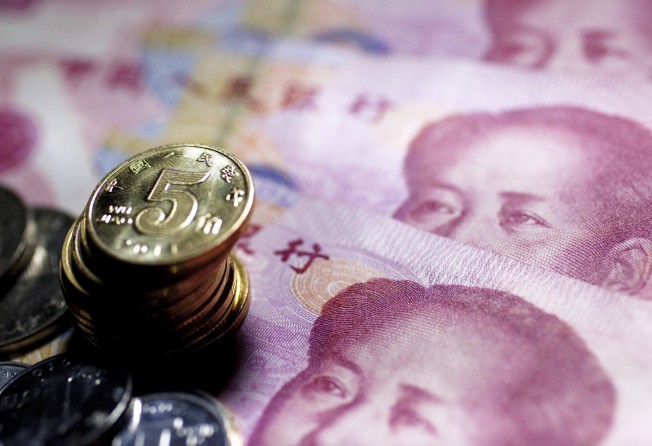China central bank intervention a hurdle in yuan’s race to become an international currency
People’s Bank of China moves in offshore yuan market this year have further dried up liquidity

The People’s Bank of China intervened in the offshore yuan market again last week, squeezing up interest rates to prop up the weak currency.
That helped keep the yuan stable but also created other problems to do with the internationalisation of the currency.
The yuan, also called the renminbi, has caught a lot of international attention since 2009 when China gradually relaxed controls to encourage individuals and companies to use the currency to settle trade and make investments.
The trend has been successful to some extent, with the yuan becoming one of the top five currencies for trade settlement and the International Monetary Fund announced in November that from this October it would include the yuan in the elite club of Special Drawing Rights alongside the US dollar, yen, euro and pound, a basket followed by many central banks and big fund houses.
But for the currency to become a real international currency like the US dollar, euro or yen, it needs to be widely accessible and easily used as an investment currency. The PBOC’s intervention in the offshore yuan this year will definitely slow down that process.
To encourage more fund houses to issue yuan-based funds, insurance companies to issue yuan-based policies and international companies to issue yuan bonds or yuan shares to raise funds, the PBOC needs to make it easy for them to get yuan. Right now, the big pool of onshore yuan is mainly traded by mainland traders.
The offshore yuan market, mainly traded by international investors in Hong Kong, London and Singapore, is still small, with HSBC estimating it totals just 1.5 trillion to 2 trillion yuan.
And POBC intervention in the offshore yuan market this year has further dried up liquidity in that pool.
The interbank interest rate for the offshore yuan, known as CNH Hibor, rose to more than 9.265 per cent on Friday at the fixing for overnight funding by the Treasury Markets Association, with the offshore yuan suffering its first weekly loss in six weeks. Traders said the funding cost rose as a result of intervention by the PBOC, asking mainland banks not to sell yuan and instead buy the currency.
The previous five weeks of rising offshore yuan started right after PBOC intervention on January 12 saw CNH Hibor rise to 66 per cent before hitting 200 per cent that afternoon.
In both cases, the PBOC drove away speculators, with the offshore yuan now having risen by 0.7 per cent against the US dollar this year to trade at 6.5221 on Monday afternoon, a turnaround from a 2 per cent depreciation against the US dollar in the first week of January.
But while such intervention will drive away hedge funds or currency speculators, it will also add to the costs of end users who want to borrow the yuan for trade settlement and investment.
When CNH Hibor can suddenly go up sharply, it will definitely scare away companies looking to use the currency to settle their trades and be a hard blow to the confidence of investors wanting to use the offshore yuan market for investment.
And that will slow down the yuan’s progress to becoming a truly international currency.